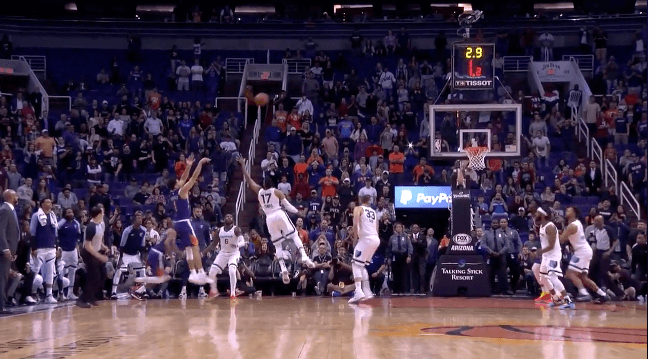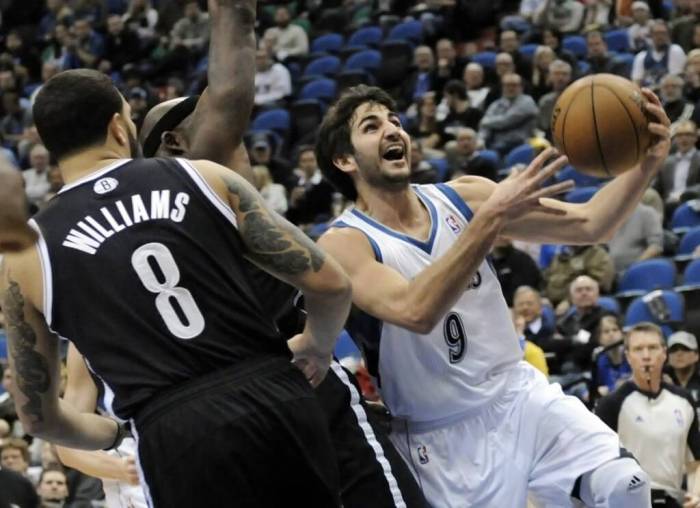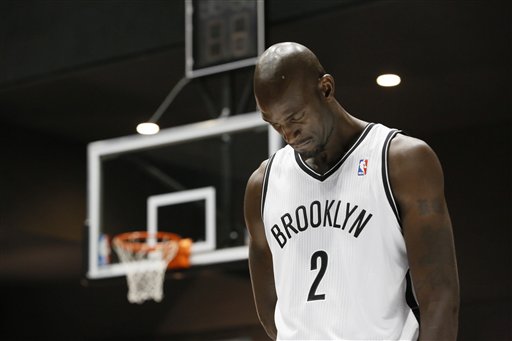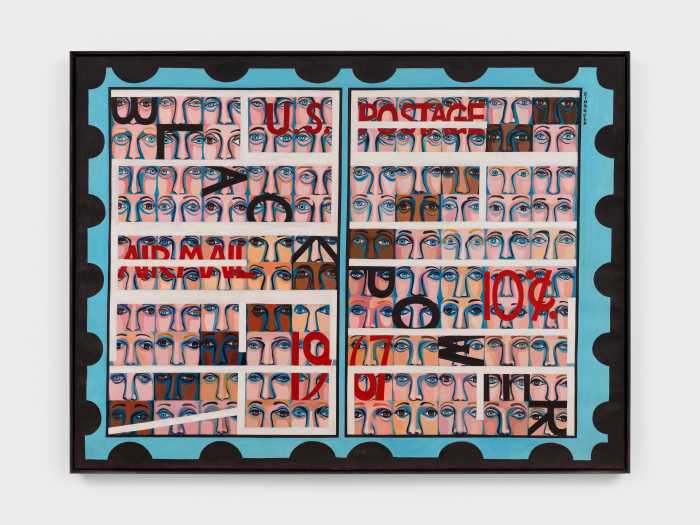The Nets are no strangers to large multi-team trades. While the much-discussed Nets-Detroit-Denver rumor stands to be the largest in NBA history (with as many as 17 players changing hands, not including draft picks), two other mega-deals the Nets were involved with show just how far-reaching the ramifications of these transactions can be. In one instance, a mega-deal changed the Nets for the better, and in the other, for the worse.
 The first trade took place in February 1997 near the beginning of the John Calipari-era when nine players exchanged hands between New Jersey and the Dallas Mavericks. The Nets received Sam Cassell, Jim Jackson, George McCloud, Chris Gatling and Eric Montross in exchange for Shawn Bradley, Robert Pack, Khalid Reeves and Ed O’Bannon. We learned after the fact that most important player obtained in the deal from Calipari’s perspective was Cassell, who became the Nets’ starting PG and a team leader who bought into the coach’s system. It was a trade that set the foundation for a rather successful 1997-98 season, who finished 43-39 (an 8th seed in the East) and were dubbed by Slam Magazine as a team on the rise in the NBA. In addition to Cassell, Gatling ended up being a fantastic offensive player off the bench for the Nets, while Jackson, who was probably the biggest name to change hands, was later traded (with Montross and other players) for Keith Van Horn and Lucious Harris (among other players) that following summer. Van Horn was an instant phenom for the Nets his rookie season, while Harris was a serviceable bench part who lasted with the organization through their back-to-back finals’ years.
The first trade took place in February 1997 near the beginning of the John Calipari-era when nine players exchanged hands between New Jersey and the Dallas Mavericks. The Nets received Sam Cassell, Jim Jackson, George McCloud, Chris Gatling and Eric Montross in exchange for Shawn Bradley, Robert Pack, Khalid Reeves and Ed O’Bannon. We learned after the fact that most important player obtained in the deal from Calipari’s perspective was Cassell, who became the Nets’ starting PG and a team leader who bought into the coach’s system. It was a trade that set the foundation for a rather successful 1997-98 season, who finished 43-39 (an 8th seed in the East) and were dubbed by Slam Magazine as a team on the rise in the NBA. In addition to Cassell, Gatling ended up being a fantastic offensive player off the bench for the Nets, while Jackson, who was probably the biggest name to change hands, was later traded (with Montross and other players) for Keith Van Horn and Lucious Harris (among other players) that following summer. Van Horn was an instant phenom for the Nets his rookie season, while Harris was a serviceable bench part who lasted with the organization through their back-to-back finals’ years.
Meanwhile, when you consider who the Nets gave up – there was Bradley, a young player who was all height and no athleticism, Robert Pack, a young PG in his mid-20s who showed promise with increase playing time, and spare parts (and draft busts) with Reeves and O’Bannon, it’s easy to conclude that this was overall a very positive trade for the Nets. It made them a better team until they inevitably turned on Calipari during the lockout shortened 98-99 season. Meanwhile, Pack never was as good as he was during his short tenure in Jersey and Bradley never came close to reaching the expectations placed on him when he was the second overall draft pick in 1993 (ahead of the much better/more polished Anfernee Hardaway).
 The second megadeal had a different impact. In March, 1999, as Calipari was being shown the door, the Nets were involved with a three-team trade with the Milwaukee Bucks and Minnesota Timberwolves. This was the trade that brought Stephon Marbury to the Nets (and Elliot Perry), while the Nets shipped out Cassell, Chris Gatling, Brian Evans and draft considerations. At the time of the trade, Marbury was considered one of the best young PGs in the NBA, a guy who could average 20 points a game and 9 assists. But despite have a cornerstone big in Kevin Garnett on his team, the T’Wolves never won with him running the point, a trend that followed Starbury through his NJ tenure and throughout his career. The Nets had back-to-back losing seasons with Marbury leading the way, where he made an all-star team, but clashed with the team’s established “star” Van Horn. Marbury was eventually shipped out for Jason Kidd, and the rest is history.
The second megadeal had a different impact. In March, 1999, as Calipari was being shown the door, the Nets were involved with a three-team trade with the Milwaukee Bucks and Minnesota Timberwolves. This was the trade that brought Stephon Marbury to the Nets (and Elliot Perry), while the Nets shipped out Cassell, Chris Gatling, Brian Evans and draft considerations. At the time of the trade, Marbury was considered one of the best young PGs in the NBA, a guy who could average 20 points a game and 9 assists. But despite have a cornerstone big in Kevin Garnett on his team, the T’Wolves never won with him running the point, a trend that followed Starbury through his NJ tenure and throughout his career. The Nets had back-to-back losing seasons with Marbury leading the way, where he made an all-star team, but clashed with the team’s established “star” Van Horn. Marbury was eventually shipped out for Jason Kidd, and the rest is history.
What’s the lesson to be learned in all this as the Nets prepare themselves for what may be the biggest blockbuster in NBA history? Hard to say. Though it’s worth pointing out that the player in both these deals that had the most positive impact on the organization was Cassell, not an all-star by any definition, but a solid player who was able to mesh with the head coach and his surrounding players. The biggest star acquired, Marbury, was only great statistically, as the Nets never even made the playoffs while he was in town. It wasn’t until after he was shipped out and the Nets went back to building through the draft and smart trades that the team turned their fortunes around, and quickly.


















